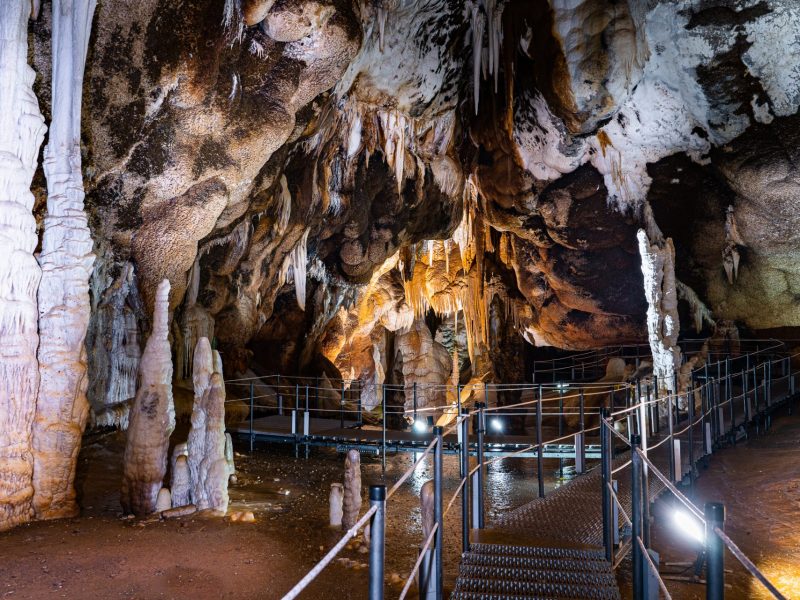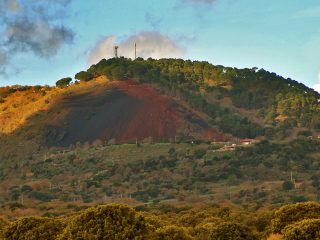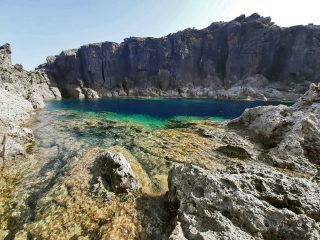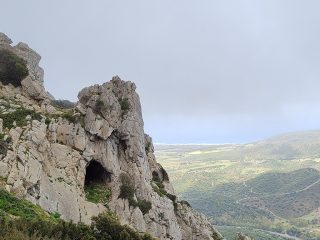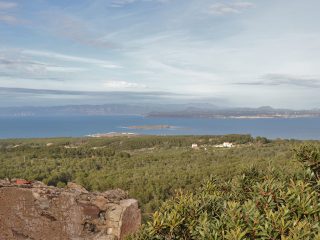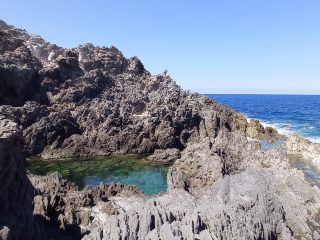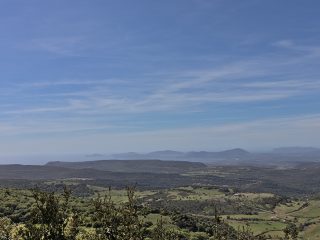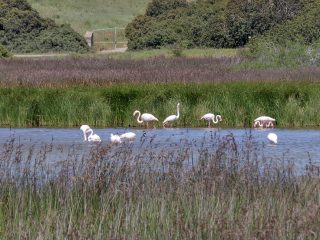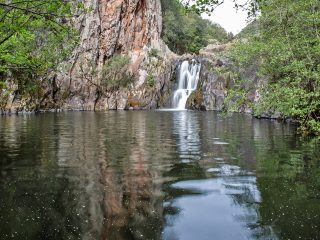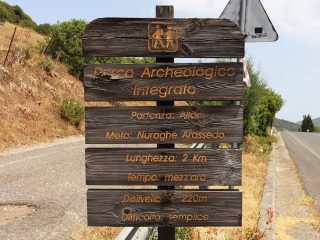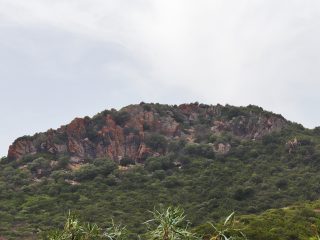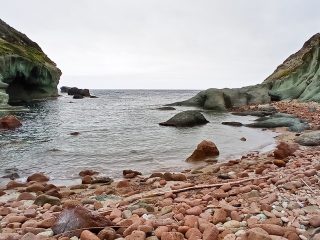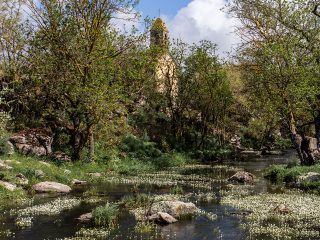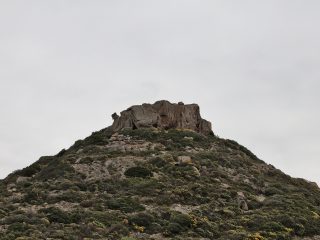The Santa Barbara Cave can be found in the town of Iglesias, near the mining village of San Giovanni.
Indeed, the story of its discovery is linked to the mining activity in this part of Sardinia. In 1952, during excavation work for the construction of a new mining tunnel, after demolishing a wall of rock, the miners found themselves in front of an enormous room.
The spectacle offered by the cave’s untouched concretion, protected by the mountain, had remained unknown up until that point. The cave consists of a single large room, standing 25 metres tall. The room features various concretions such as: stalactite, and stalagmite columns covered by aragonite eccentrics. The cave also contains honeycomb concretion details on the walls and vault. There is also a small body of water in the lower part.
The Santa Barbara cave is one of the oldest in the world, and the oldest in Italy. Indeed, from a geological point of view, the cave opens up between a layer of ceroid limestone and silicified yellow dolomite rock, formations dating back to the Lower Cambrian era (approx. 500 million years ago). Furthermore, it represents a unicum in the whole of Europe for its dark brown barite tabulate crystals found on the walls.
Access to the cave is along a marked trail which retraces the old mining circuit. Indeed, lead and zinc were extracted from the site in the period from 1875 to 1998. A small electric train provides access to the cave that travels through the mining tunnel. After alighting the train, take a lift down the shaft for around 36 metres and then enter the cave down a spiral staircase. To this day, the cave still has no direct openings onto the outside, thus ensuring its preservation.


